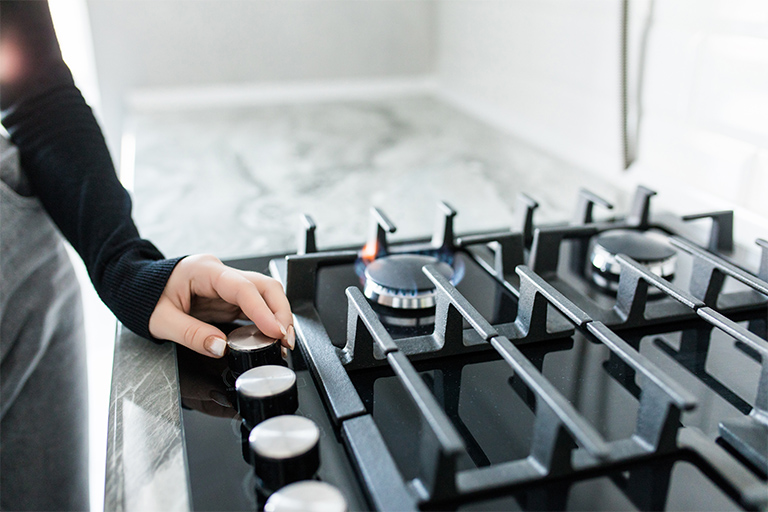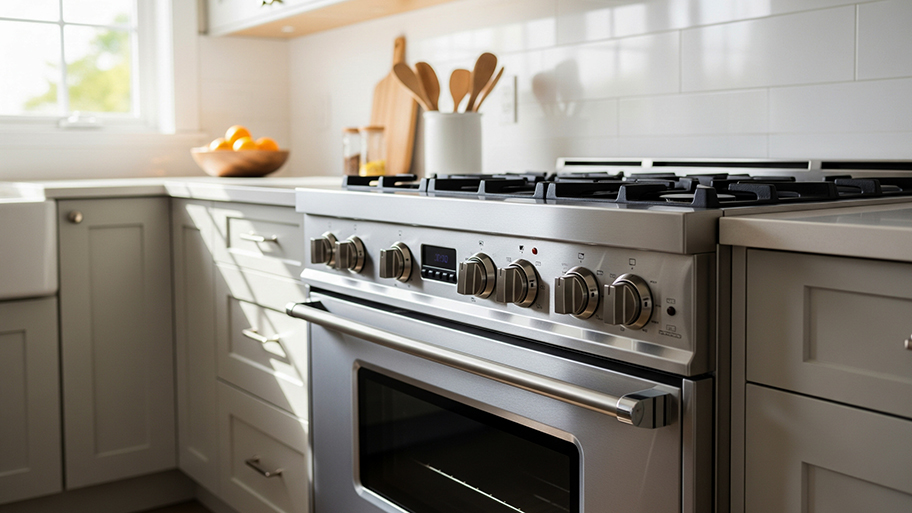
Get transparent refrigerator repair cost info. Learn what impacts price, compare repair vs. replacement, and find ways to save on your fridge repair.
Here’s your step-by-step guide to this multi-part home appliance


There are multiple parts of a pellet stove that aid in combustion and ventilation.
You should empty the ash pot regularly to ensure continuous function.
DIYers can handle basic maintenance, but call a pro for bigger issues.
A pellet stove creates a cozy space, both in terms of aesthetic and literal warmth for your home. This appliance is made from various parts that all work together to turn wood pellets into heat and safely ventilate harmful byproducts created during heat production. Here’s what you need to know about the major pellet stove parts.

Learning about the parts of a pellet stove can help you operate and maintain your stove more efficiently. Here are some of the most important pellet stove parts to know about.

The hopper is the bin that holds the wood pellets before they get sent to the combustion chamber, also known as the burn pot. Depending on the design of your pellet stove, the hopper might be located at the top or the bottom of the appliance. Smaller stoves might hold around 30 pounds of pellets, while larger stoves can hold upwards of 100 pounds.
While your space will determine the size of your pellet stove, know that a stove with a larger hopper will require fewer pellet refills.
As its name suggests, the auger is a screw-like device that takes wood pellets at set intervals from the hopper and pushes them through to the burn pot.

The burn pot is the combustion chamber of the pellet stove. Once the auger deposits some of the pellets here, they will ignite and begin to produce heat.

As wood pellets burn, they create ash that has to be stored somewhere. That somewhere is in the aptly named ash pot. Although the ash produced by burning wood pellets is minimal, this component needs to be emptied and cleaned out regularly to ensure both safety and optimal performance.
As the action gets lively in the burn pot, the heat produced from the burning pellets travels across the heat exchanger into the blower.
The blower takes the heat from the exchanger and releases it into the room as warm air. Since fire needs oxygen to stay alive, the blower also takes in the cool air from the room and circulates it over the flames in the burn pot, allowing them to burn stronger and more evenly for a longer period of time.
As with any heat-producing appliance, proper ventilation is vital for pellet stoves. One of the advantages of a pellet stove is that you don’t need an elaborate chimney system as you would with a regular wood-burning stove or fireplace. However, you still need to ventilate your pellet stove through an exhaust pipe. This is a tube that connects to the blower and attaches to either the existing chimney on the rooftop or through the wall.
If you don’t already have a way to attach the exhaust pipe, it’s best to hire a local pellet stove pro to do the work for you.
Wood pellets are released at a rate determined by the thermostat. This thermostat might have a high-low setting or a digital format that allows you to set the stove to a specific temperature.
Some newer models of pellet stoves have sensors that detect the room’s temperature and prompt the appliance to act accordingly. This means that if the room is cold, more pellets will be pushed into the burn pot, and if the room is warm, the stove will attempt to maintain or regulate that temperature by stopping the pellets from going into the burn pot.
Your major responsibility in pellet stove maintenance will be to keep the ash pot empty and keep the exterior clean and clear of any furniture or other household items that can get in the way of its proper operation.
Store your pellets in a cool, dry area with no humidity. If they get damp, they won't burn as efficiently, so you'll have to spend more money to heat your home.
The pellets themselves may offer clues about your stove’s maintenance needs. If they’re burning easily with little ash, then things are working as they should. But if you find that you’re blowing through bags of pellets with little to show for it in terms of a warm, cozy home, then something might be amiss with one or more of the components.
It’s always best to call in a pro when repairing a major appliance, especially if you plan to use your pellet stove as your primary source of heat. Call an expert sooner rather than later so that the problem doesn’t get too bad (and costly).
The cost to repair a pellet stove depends on what component needs to be fixed or replaced. For example, if you stored your wood pellets in a humid space, you might only need to contend with the cost of new wood pellets to restore the proper function of your pellet stove. But if the blower isn’t working properly or you suspect something is wrong with the exhaust pipe, do not hesitate to call in a pro.
The average cost to install a pellet stove is $2,300. If you’re replacing a stove and feel confident that it will fit into the existing ventilation system for safe operation, then an experienced DIYer might attempt pellet stove installation. However, given that a pro will guarantee proper installation, the labor costs will be worth the peace of mind.
From average costs to expert advice, get all the answers you need to get your job done.

Get transparent refrigerator repair cost info. Learn what impacts price, compare repair vs. replacement, and find ways to save on your fridge repair.

Discover the cost to install a gas cooktop. Learn about average prices, key cost factors, and tips to save on your gas cooktop installation project.

If your dated appliances don't impress, it's time for a refresh. We break down the cost to refinish appliances, including ovens, refrigerators, washers, and more.

Understand the top reasons why your oven smells like gas, the severity of the issue, and how to address the causes before calling a pro.

Cooking in your kitchen wouldn’t be possible without a range hood to capture all of that greasy smoke and billowing steam. This guide breaks down the types of range hoods and their benefits and drawbacks so you can make an informed decision.

Dealing with a clogged dishwasher? Use this guide on how to drain a dishwasher to empty it and clear out any debris that’s causing a backup.